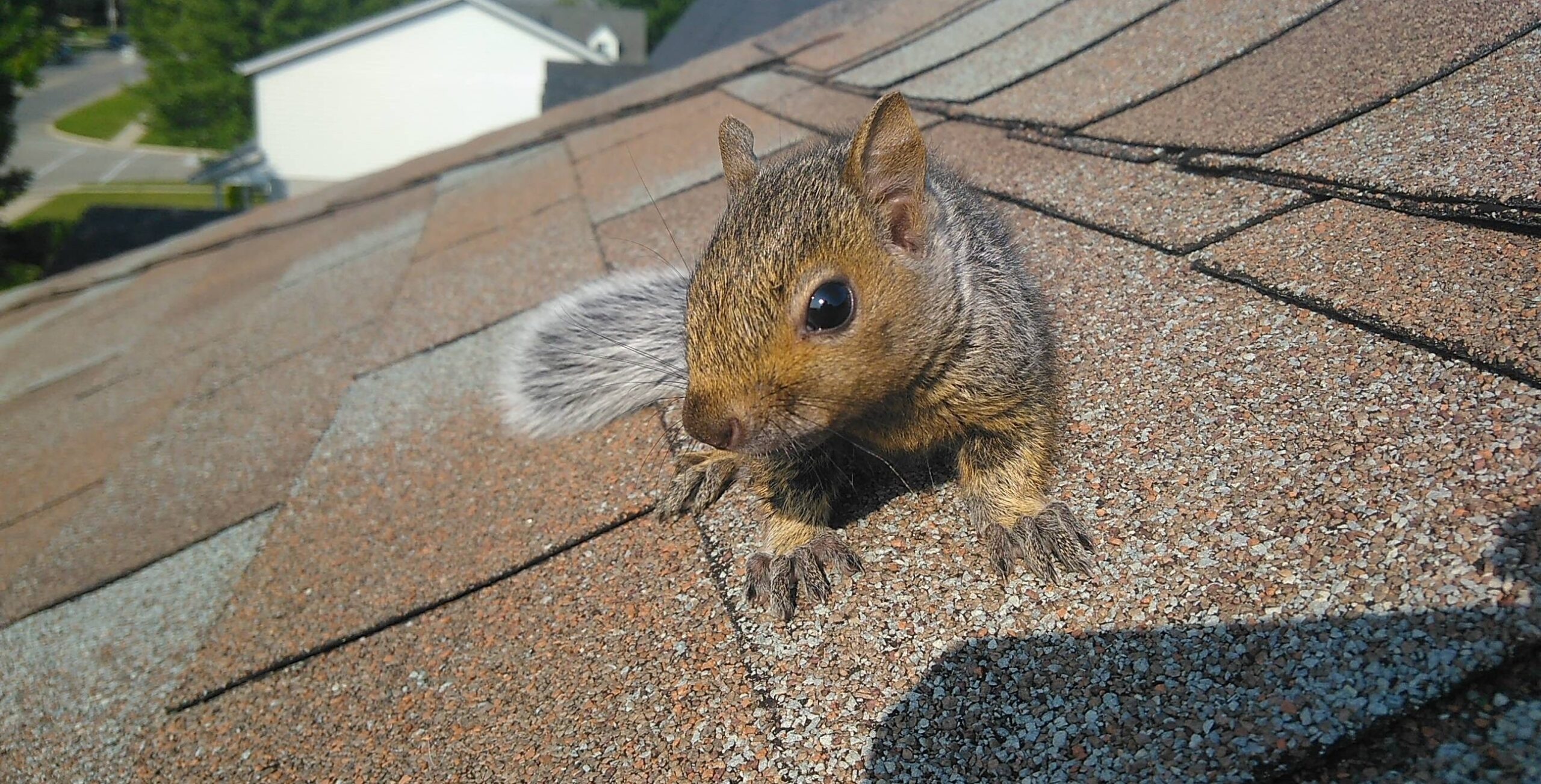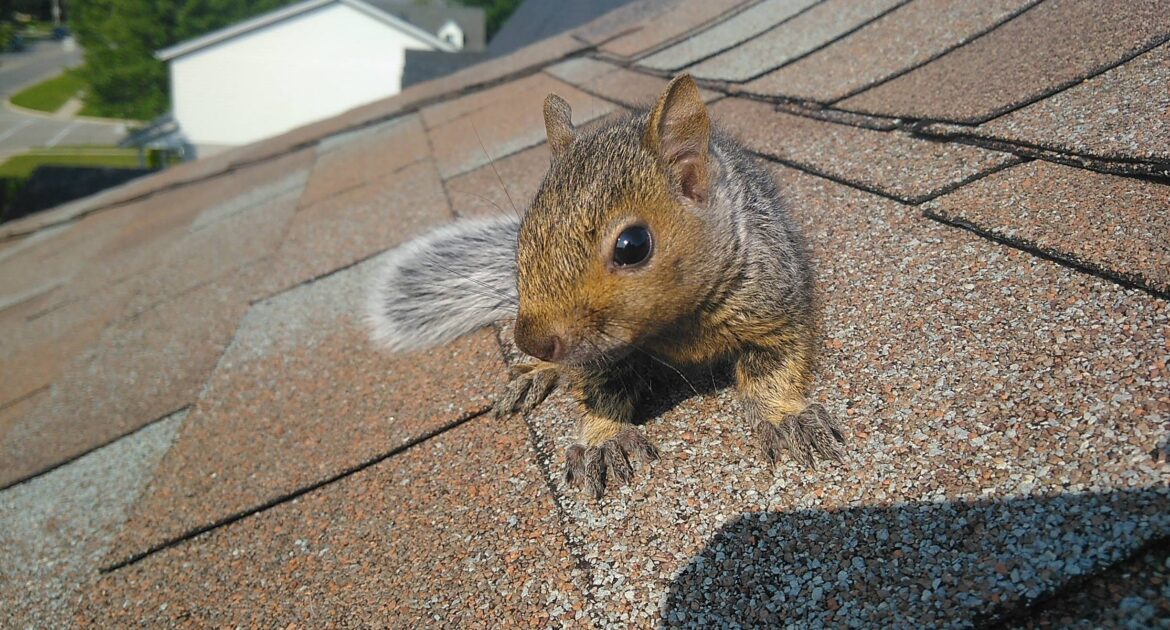When you hear strange, persistent sounds in your home, it’s easy to dismiss them as ordinary household creaks or the wind outside. But what if these sounds indicate something more concerning? Squirrel noises in home environments are a common sign of an underlying issue. Many Thornhill homeowners have experienced the challenges of addressing signs of squirrel infestation, and early squirrel problem detection is key to preventing extensive damage.
This guide will help you recognize the sounds and signs associated with squirrel activity, understand the implications, and provide you with practical steps to address the situation in a humane and effective way.
Squirrel Noises in Home Environments
Squirrels are known for their energetic and often noisy demeanour. If they’ve made their way into your home, you’ll likely hear distinct sounds, particularly in certain areas like the attic or walls. Here’s what to listen for:
Common Sounds
- Scratching or Scurrying
One of the most recognizable signs is the sound of scratching or scurrying, often heard during the early morning or late evening. These noises occur as squirrels move around, digging or positioning materials they’ve brought into the space for nesting.
- Chewing or Gnawing
Squirrels have strong teeth that never stop growing, so they constantly gnaw on materials to keep their teeth in shape. This can result in chewing sounds that could mean they’re working on your wooden beams or even electrical wires.
- Rolling or Dropping Nuts
If you hear rolling or dropping sounds, such as an object hitting your ceiling or walls, it’s possible the squirrels are stashing food supplies in your home.
- Chirping or Vocal Sounds
Squirrels communicate with high-pitched chirps and squeaks. These noises increase during mating or when baby squirrels (kits) are present.
Where to Listen
You’re most likely to hear activity in:
- Attics: Squirrels love the warmth and protection attics provide. It’s a prime nesting spot where they feel safe.
- Walls: They can slip into wall cavities, creating a hidden but disruptive presence.
- Eaves and Rooflines: Depending on your home’s structure, they may enter and move along the roof areas.
Distinguishing Between Squirrels and Other Animals
While these noises may suggest squirrels, other wildlife like mice, raccoons, or birds might also be responsible. Here’s how to tell the difference:
- Squirrels tend to make noises during the day (early morning and dusk), as they are diurnal animals.
- Mice are primarily active at night and make softer scratching sounds.
- Raccoons produce heavier, lumbering sounds due to their size and may be active at night.
- Birds produce more fluttering or chirping sounds around areas like vents or attics.
If you suspect these sounds are coming from squirrels, the next step is to verify further signs of squirrel activity.
Signs of Squirrel Infestation
Hearing noises isn’t the only indicator of a squirrel problem. There are several visible and physical signs that point to squirrel infestation. Early detection can save you from costly damage to your home.
Entry Points
Squirrels are adept climbers and can access your roof via trees or power lines. They chew through common construction materials like wood, aluminum, and vinyl to create entry points. Look for:
- Holes in soffits or fascia boards.
- Damaged vents or chimneys.
- Scratches or chew marks around rooflines.
Droppings and Nesting Materials
Squirrels leave behind droppings, which resemble small, elongated pellets. You might also find nesting materials, such as twigs, leaves, or insulation debris, scattered in your attic or near their entry points. These materials indicate they’re building a shelter within your home.
Damaged Insulation or Wires
One of the main risks of squirrels in your home is their tendency to chew wires, which can create fire hazards. Insulation damage is another common issue, as they dig through it to build nests, severely reducing its effectiveness.
Scratches or Tracks
Check for scratches around entry points, walls, or attic spaces. You may also notice small footprints with four toes at the front and five at the back, often accompanied by tail drag marks.
Seasonal Clues
Squirrel activity often peaks during their two nesting seasons:
- Late winter to early spring (February to April).
- Late summer to early fall (August to September).
During these periods, you’re more likely to hear noises from baby squirrels or increased movement as mothers build nests.
If you notice one or more of these signs alongside noises, you likely have a squirrel infestation. Addressing it promptly is essential to prevent further damage.
Squirrel Problem Detection
Detecting a squirrel problem requires careful investigation. Understanding where they are active and how they’ve accessed your home helps guide the steps to resolve the issue.
Tools and Techniques
- Visual Inspections
Conduct a thorough inspection of your home’s exterior and attic. Check for entry points, visible tracks, or signs of nesting.
- Auditory Monitoring
Pay close attention to the timing and location of noises. Document when and where you hear activity to provide valuable clues.
- Thermal Imaging Cameras
Professionals often use thermal cameras to locate nests or squirrel activity in hidden spaces like walls or attics.
- Droppings Analysis
Inspect droppings to determine the type of wildlife. Squirrel droppings are larger than those from mice but smaller than raccoon droppings.
Common Areas to Inspect
- Attics and Rooflines
These are the most frequent target areas for squirrels. Look for damaged shingles, vents, or chew marks.
- Exterior Walls and Fascia
Examine walls for holes or signs of chewing.
- Chimneys and Vents
Squirrels are known to access homes via chimneys that lack proper caps.
When to Call for Professional Squirrel Removal
If you notice signs of squirrel activity in your home but are unsure about the extent of the problem, it’s essential to contact a professional squirrel removal service promptly. Experienced professionals have the expertise and tools to safely remove squirrels while minimizing damage to your property. Attempting to handle the issue on your own can lead to safety risks or inadequate solutions, potentially allowing the infestation to persist.
- Professional wildlife removal specialists use humane practices to safely remove squirrels without harm.
- They conduct thorough inspections to identify entry points.
- Gaps are sealed, damage is repaired, and protective measures like chimney caps or vent covers are installed.
- Recommendations are provided to maintain your property, such as trimming tree branches or managing food sources to avoid attracting squirrels again.
Ignoring the problem can lead to more extensive structural damage or create potential health risks from contamination, such as droppings or nesting materials. Acting quickly ensures that the issue is resolved efficiently and with minimal disruption to your household. Call a certified wildlife removal service today to protect your home and restore your peace of mind.
What to Do Next
Squirrels are resourceful animals that can cause significant damage if left unaddressed. Recognizing the noises and signs they leave behind is the first step in protecting your home.
If you suspect a problem, don’t wait. At Skedaddle, we specialize in humane and effective squirrel removal tailored to your home’s unique needs. Our experienced technicians will ensure all entry points are secured and your space restored.
Call us today, and we’ll work together to make your home squirrel-free. With Skedaddle, your peace of mind is just a phone call away.




